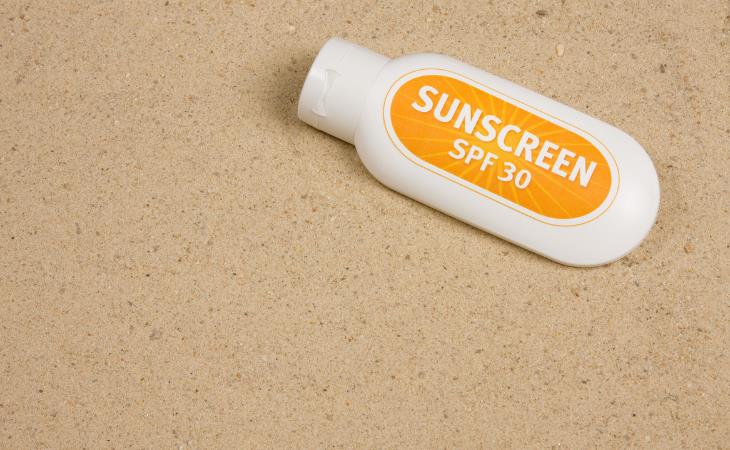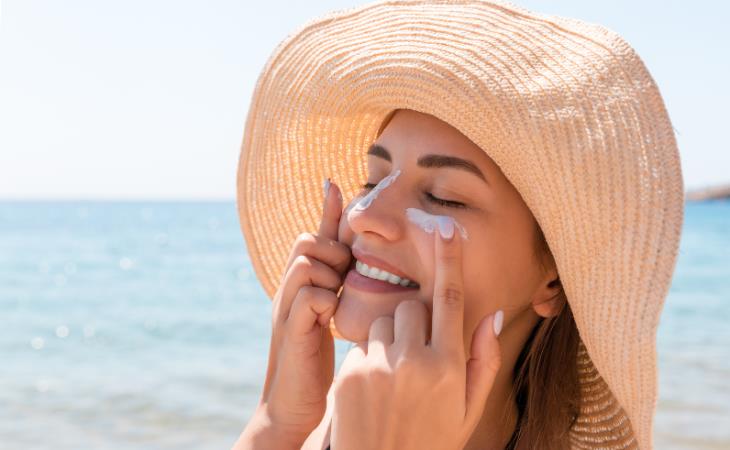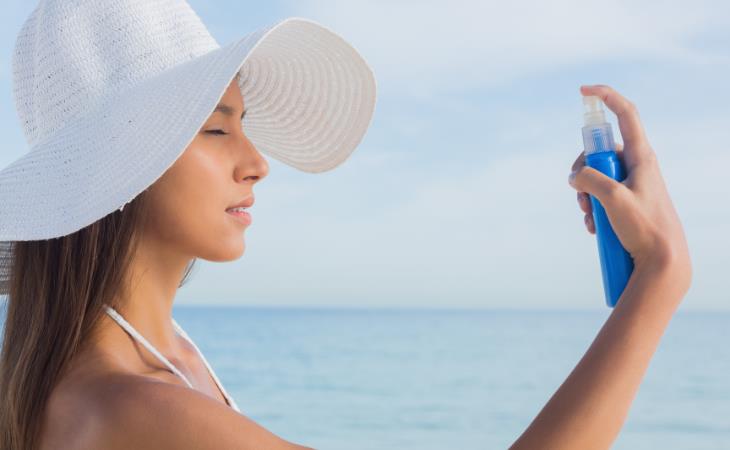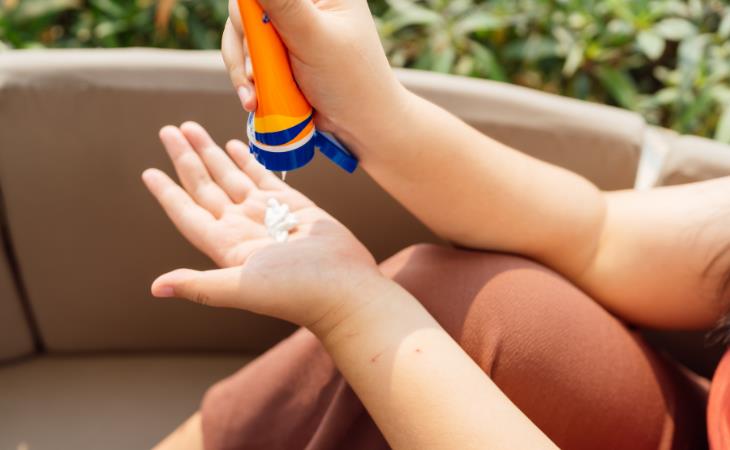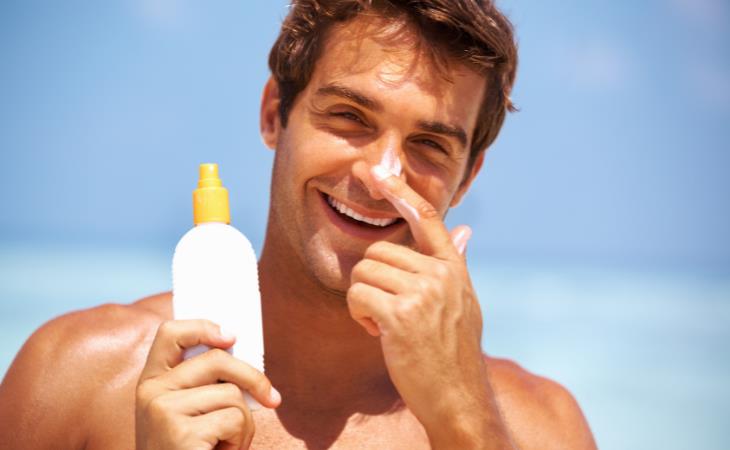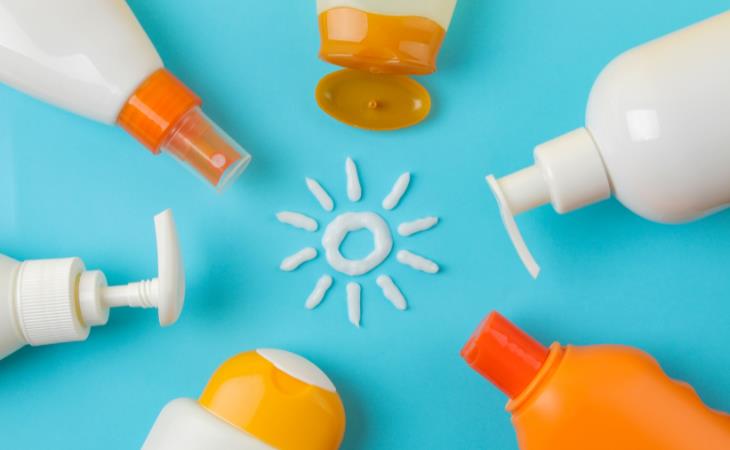Wearing sunscreen is one of the simplest and most effective ways to protect your skin from sunburn, premature aging, and skin cancer. Yet, despite knowing its importance, many people still make common mistakes that reduce sunscreen’s effects. Dermatologists warn that improper sunscreen use can leave you vulnerable to the sun's harsh UV rays.
And the consequences are serious - skin cancer is one of the most common types of cancer diagnosed worldwide, with over 1.5 million new cases estimated every year.
To help you get the most out of your sun protection, here are seven common sunscreen mistakes you might be making—and how to avoid them.
Related: Wearing Sunscreen? Pay Attention to These 7 Critical Areas
1. Not looking at the label
SPF stands for sun protection factor. It tells you how much UVB light a sunscreen blocks. You should always use an SPF of 30 or higher. SPF 30 blocks 97% of UVB rays, SPF 50 blocks 98%, and SPF 100 blocks 99%. But remember, no sunscreen can block all UV rays. There are many different kinds of sunscreen. To get the best protection, choose a sunscreen that says "broad-spectrum" and "water-resistant" on the label.
2. Using too little
To reap the full benefits of sunscreen, you should use it correctly. Unfortunately, many people apply too little, often using only 25-50% of the recommended amount. However, to fully cover your body, you'll need about an ounce of sunscreen.
When applying sunscreen, be sure to cover all exposed skin, not just the areas that will be directly in the sun. Additionally, apply the sunscreen 15 minutes before heading outside, and reapply it every two hours or after engaging in activities that cause you to sweat or swim.
3. Inhaling spray sunscreen
Spray sunscreens can be convenient, but they can be harmful if you breathe them in. Dermatologists say that the ingredients in spray sunscreen are only tested for use on the skin, not for breathing. To be safe, don't spray sunscreen directly on your face. Spray it on your hands first, then rub it in. Make sure to cover all your skin with a thin layer of sunscreen. You need about a shot glass full of sunscreen for your whole body.
4. Applying only in sunny weather
It's surprising how few people use sunscreen on cloudy days. The sun's UV rays are a year-round threat, not just a summer problem. Even on cloudy days, the sun's radiation can pass through the clouds, putting your skin at risk. The American Academy of Dermatology (AAD) notes that a lot of people fail to apply sunscreen on cloudy days, which can leave their skin vulnerable to damage. To protect your skin and stay safe, make it a habit to apply sunscreen every time you go outside, regardless of the weather.
5. Using only sunscreen for protection
No sunscreen can block all of the sun’s UV rays, so it's a good idea to find shade and wear clothes that protect you from the sun. Wear long sleeves, pants, a wide-brimmed hat, and sunglasses that block UV rays whenever you can. Look for clothing with a UPF rating for even better sun protection.
6. Forgetting to protect lips and eyes
Your lips and the skin around your eyes are delicate and often forgotten when putting on sunscreen. Lips can get dry, cracked, or sunburned easily, so using a lip balm with SPF is important. Sunglasses that block UV rays are also a good idea to protect your eyes from the sun's harmful rays. Look for sunglasses that stop 100% of both UVA and UVB rays to keep your eyes healthy.
7. Using expired or old products
The Food and Drug Administration mandates that all sunscreens maintain their original effectiveness for at least three years. After that, they may not offer the protection stated on the label. If your sunscreen is past its expiration date or you don't know how old it is, it's best to throw it away. If you buy sunscreen without an expiration date, write the date you bought it on the bottle so you'll remember when to get rid of it.

